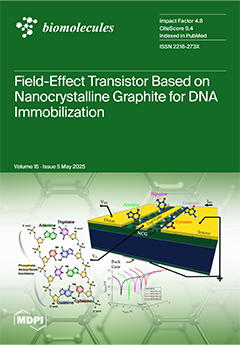Metabolic dysfunction-associated steatotic liver disease (MASLD) is a metabolic disease characterised by the accumulation of fat in the liver. It is estimated that 30–38% of the world’s adult population have MASLD, making it the most prevalent global chronic liver disease. Due to a lack of a therapy for MASLD, treatment has been mainly focussed on managing the conditions associated with the disease such as obesity, diabetes mellitus, and hyperlipidaemia. This study aimed to investigate the role played by
Gentiana phytochemicals including the following: gentiopicroside, sweroside, and swertiamarin, in promoting hepatocyte protection against the cytotoxic effects of fatty acids.
Gentiana species such as lutea, macrophylla, rigescens, and scabra are known to protect and enhance hepatocyte viability via their antioxidant, anti-inflammatory, and bitter components including the following: amarogentin gentianine, iso-orientin, swertiamarin, gentiopicroside, and sweroside. In this study, HepG2 cells pre-treated with phytochemicals gentiopicroside, sweroside, swertiamarin, and silymarin followed by an exposure to arachidonic acid (10, 30, 50 and 80 µM) were assessed for cell viability via MTT, mitochondrial function via seahorse assay, ROS levels via DCF assay, and annexin V-FITC for apoptosis. THLE-2 cells were also assayed for validation. The phytochemicals tested improved ATP production notably gentiopicroside, which improved ATP production by over 60% compared to untreated hepatocytes. Significant hepatocyte protection against lipotoxicity leading to apoptosis was also observed in gentiopicroside in the presence of 30 µM arachidonic acid with apoptosis reduced by over 50%. ROS production was reduced up to 60% by the pre-treatment of HepG2 cells with 20 µM, gentiopicroside, sweroside, swertiamarin, and silymarin, with the highest reduction observed in swertiamarin. It was concluded that phytochemicals gentiopicroside, sweroside, and swertiamarin play key roles in the hepatocyte protection against the cytotoxic effects of fatty acids. This protection is conferred by enhancing mitochondrial function in terms of increasing the maximal respiratory capacity in response to a high influx of fatty acids, promoting ATP production as well as scavenging ROS produced as a result of high fatty acid influx and increased mitochondrial respiration. Highlights: Gentiopicroside may minimise lipotoxicity leading to apoptosis and necrosis in hepatocytes in the presence of arachidonic acid. A pre-treatment of hepatocytes with phytochemicals, namely gentiopicroside, sweroside, and silymarin provides a degree of protection which may be attributed to the enhancement of mitochondrial function. Sweroside, silymarin, and swertiamarin may protect HepG2 and THLE-2 cells by scavenging ROS produced by arachidonic acid and the mitochondrial electron transport chain.
Full article






